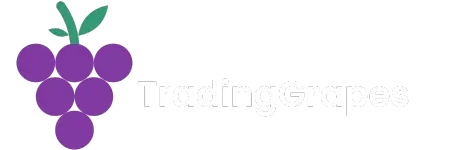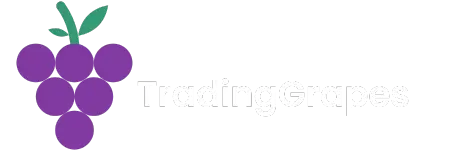When most people think of Sauvignon Blanc, they picture New Zealand — Marlborough’s gooseberry-zipped, passionfruit-packed style. But long before NZ put Sauvignon on the map, the grape was thriving in France’s Loire Valley, where it expresses something totally different — more mineral, more restrained, and often, more complex.
Among the Loire’s best-known names are Sancerre and Pouilly-Fumé. Both sit along the Loire River, facing each other across the water, and both make Sauvignon Blanc. But Pouilly-Fumé has a signature twist — a faint smoky note (“fumé” literally means “smoke”). That flinty, gun-smoke character is what sets it apart.
Sauvignon Blanc 101 – Same grape, different expression
Sauvignon Blanc is incredibly sensitive to climate.
-
Cool regions → zesty acidity, green apple, lime, and fresh herbs.
-
Warm regions → riper fruit, tropical passionfruit, guava, and softer acidity.
That’s why a Pouilly-Fumé tastes worlds apart from a Kiwi Sauvignon. The Loire’s cooler climate preserves brightness and minerality, while NZ’s sunshine ripens fruit into that juicy tropical profile.
Loire winemaking styles – reductive vs oaked
In the Loire, winemakers often choose between two stylistic paths:
- Reductive winemaking – protecting the wine from oxygen to lock in freshness and crisp fruit. Think citrus, green apple, chalky minerality.
- Oaked winemaking – introducing oxygen through oak barrels or lees stirring. This creates rounder textures and richer flavours, often with buttery, nutty, or toasty notes.
Oaked Loire Sauvignon can sometimes feel like drinking a Chardonnay — but with sharper acidity and more herbal lift.
When vintages turn cool – the malo decision
In cooler vintages, Sauvignon Blanc can have bracing acidity. To soften it, winemakers sometimes encourage malolactic fermentation (malo) — the process that converts sharp malic acid (think green apple) into softer lactic acid (think cream).
Malo can happen naturally in barrel if temperatures rise just enough. Combined with lees ageing (resting on dead yeast cells), it adds creamy texture and subtle savoury depth to Sauvignon Blanc.
Domaine du Bouchot – Organic and biodynamic before it was cool
Founded in 1959, Domaine du Bouchot holds a special place in Pouilly-Fumé. It was the first estate in the region to become certified organic, and later a pioneer of biodynamic viticulture.
What does that mean in the glass?
- Organic: no synthetic pesticides or herbicides → cleaner fruit, healthier soils.
- Biodynamic: farming that treats the vineyard as a living ecosystem → planting and picking follow lunar cycles, natural pest management, compost teas, and soil health on a microbial level.
If “organic” is about what you don’t add, biodynamic is about what you do nurture. Studies now show biodynamic soils often have more microbial diversity — just like a healthy gut microbiome — which translates into wines with deeper expression of terroir.
MCMLV 2021 – what’s in the glass
The 2021 MCMLV Pouilly-Fumé is a brilliant example of that connection between place and purity.
On the nose → a subtle smoky edge (the “fumé”), green apple and white florals.
On the palate → bright passionfruit and quince with a nutty, candied undertone — a hint that some lees contact or barrel time has brought a touch of roundness and complexity.
It still feels fresh and vibrant, but there’s a lovely texture that shows off both the fruit and the craft.
It’s a wine that manages to be both classic and contemporary — true to its region, but forward-thinking in its approach to farming and winemaking.
Why it matters
This is Sauvignon Blanc with depth.
It’s proof that the variety can transcend its “summer white” status and deliver real complexity — when grown on great terroir and handled with care.
Domaine du Bouchot’s commitment to organic and biodynamic farming means what’s in the bottle isn’t just wine — it’s a living reflection of place.
And for collectors and drinkers alike, it’s a reminder that you don’t need a grand cru label to taste authentic expression and craftsmanship.
Final sip
The 2021 Domaine du Bouchot Pouilly-Fumé MCMLV captures everything that makes the Loire Valley special — purity, tension, smoke, fruit, and finesse.
A smoky nose, a vibrant palate, and a touch of nutty depth — a wine that’s as much about the soil and the cycle of life as it is about the grape.










